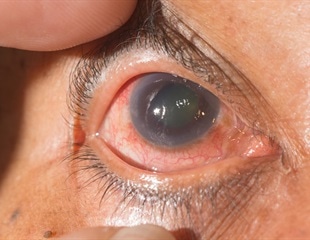Ratan-NM
February, 2019
Among young people, ocular injuries are common and comprise an important cause of preventable visual morbidity. Although ocular trauma is common, many injuries are minor and do not require hospital admission. However, it should be noted that certain ocular injuries are serious and potentially fatal. Certain forms of ocular trauma can manifest later as secondary glaucoma, also known as traumatic glaucoma.
Traumatic glaucoma is clinically defined as a post-traumatic rise in intraocular pressure (IOP) more than 21 mm Hg. Traumatic glaucoma can develop due to blunt trauma or injuries that bruise the eye; however, some forms are caused due to penetrating eye injuries. The development of the condition varies and may be acute or chronic in onset.
What causes traumatic glaucoma?
Elevated IOP following trauma results from a multitude of factors. Drainage impairment may occur at the trabecular meshwork due to injury and hyphema, a pooling of blood inside the anterior chamber of the eye. Injury and inflammation to the lens or iris can also lead to the development of traumatic glaucoma.
Peripheral anterior synechiae (PAS) may also develop. These adhesions between the peripheral iris and the angular structures of the anterior chamber reduce outflow of aqueous humor (eye fluid), resulting in increased intraocular pressure.










